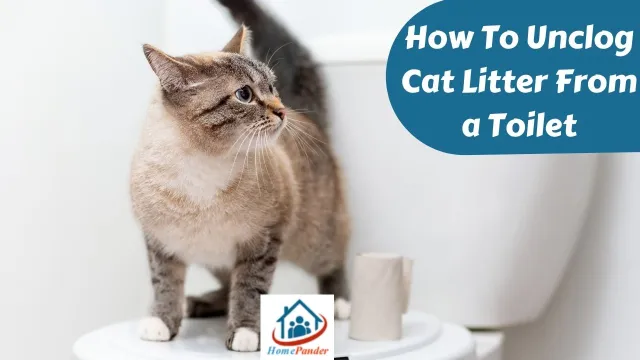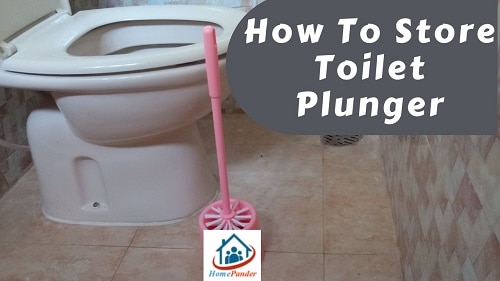Does Lysol Kill Mold Spores? No, Lysol is not specifically formulated to kill mold spores.
Mold growth is a common occurrence in damp and poorly ventilated areas. It can thrive on various surfaces, including walls, ceilings, and even furniture.
When attempting to remove mold, it is crucial to address not only the visible mold but also the underlying cause to prevent its regrowth.
What are mold spores?
Mold spores are tiny reproductive structures produced by mold fungi. These spores are lightweight and can easily become airborne, allowing them to spread and settle on various surfaces.
Mold spores are present in both indoor and outdoor environments, and they thrive in moist areas with organic material, such as wood, paper, or fabric.
The dangers of mold spores
Exposure to mold spores can pose risks to human health. People with respiratory conditions, allergies, or weakened immune systems are particularly susceptible to the adverse effects of mold spores.
Common symptoms include coughing, sneezing, nasal congestion, throat irritation, and even more severe respiratory issues.
Does Lysol Kill Mold Spores?
| Aspect | Lysol | Mold Spores |
|---|---|---|
| Purpose | General disinfectant | Reproductive structures of mold fungi |
| Target Microorganisms | Bacteria, viruses | Mold spores |
| Effectiveness | Limited | May help reduce presence on surfaces |
| Active Ingredients | Quaternary ammonium compounds (quats), ethanol | N/A |
| Mode of Action | Disrupts cell membranes and protein structures | N/A |
| Mold Prevention | Can help create less conducive environment for mold growth | N/A |
| Complete Mold Elimination | No | Additional measures required |
| Specialized Mold Cleaners | No | Available on the market |
| Safety Precautions | Follow product label instructions, ensure proper ventilation | N/A |
| Surface Compatibility | Generally safe for various surfaces, check product label for specifics | N/A |
| Additional Steps Needed | Yes | Address underlying mold problem |
Lysol is a widely recognized brand known for its disinfecting properties. While Lysol is effective against many household germs and bacteria, its effectiveness in killing mold spores is limited.
Lysol is primarily designed to disinfect and sanitize surfaces, but it may not completely eliminate mold spores or address the underlying cause of the mold infestation.
When dealing with mold, it is crucial to understand that simply spraying Lysol on the affected area is not sufficient. Mold often grows in hidden or hard-to-reach areas, such as behind walls or under carpets. A comprehensive approach involving proper cleaning, mold removal, and moisture control is necessary for effective mold remediation.
How to Use Lysol to Eliminate Mold
While Lysol alone may not be enough to eliminate mold, it can be used as part of a larger mold removal strategy. Here are some steps to follow when using Lysol to address mold growth:
Step 1: Identify the Affected Areas
Thoroughly inspect your home for any visible signs of mold growth. Look for dampness, discoloration, or a musty odor. Pay attention to areas with high humidity levels, such as bathrooms, kitchens, and basements.
Step 2: Prepare the Area
Before applying Lysol, make sure to take appropriate safety measures. Wear protective clothing, gloves, and a mask to avoid direct contact with mold spores and chemical irritants.
Step 3: Clean the Surface
Start by cleaning the affected surface with a mild detergent and water. Scrub away any visible mold using a brush or sponge. Rinse the area thoroughly and allow it to dry completely.
Step 4: Apply Lysol
Once the surface is dry, spray Lysol directly onto the affected area. Ensure that the surface is adequately covered with the product. Leave the Lysol to sit for a few minutes to allow it to disinfect the surface.
Step 5: Repeat the Process
For stubborn mold infestations, you may need to repeat the cleaning and Lysol application process several times. It is crucial to address the underlying cause of the mold growth, such as excessive moisture or poor ventilation.
Other Effective Mold Removal Methods
While Lysol can be a part of your mold removal efforts, it is essential to consider alternative methods for comprehensive mold remediation. Some other effective mold removal methods include:
- Bleach: A mixture of bleach and water can be used to kill mold on non-porous surfaces. However, bleach may not be suitable for all materials and can produce harmful fumes, so caution should be exercised.
- Vinegar: Vinegar is an eco-friendly alternative to chemical cleaners. Its acidic properties can help kill mold on various surfaces. Apply undiluted white vinegar to the affected area and let it sit before scrubbing away the mold.
- Hydrogen Peroxide: Hydrogen peroxide is effective against mold and mildew. It can be sprayed directly onto the moldy surface and left for a few minutes before wiping it clean.
Prevention Tips to Avoid Mold Growth
Preventing mold growth is key to maintaining a healthy and mold-free environment. Here are some tips to help you prevent mold infestations:
- Control Moisture: Keep your home well-ventilated and address any water leaks or excessive humidity promptly.
- Use Exhaust Fans: Install exhaust fans in bathrooms and kitchens to remove excess moisture.
- Monitor Indoor Humidity: Use a humidity meter to monitor indoor humidity levels. Keep the humidity below 50% to discourage mold growth.
- Proper Insulation: Ensure your home is properly insulated to prevent condensation on walls and windows.
- Regular Cleaning: Clean and dry any spills or water damage promptly to prevent mold growth.
Safety precautions when using Lysol
When using Lysol or any other cleaning product, it’s important to follow safety guidelines. Ensure proper ventilation when applying Lysol, as the fumes can be irritating to the respiratory system.
Additionally, read and follow the instructions on the product label to achieve the best results and minimize any potential risks.
Related Questions
Is Lysol safe to use on all surfaces?
Yes, Lysol is generally safe to use on most surfaces. However, it is always recommended to test the product on a small, inconspicuous area before applying it to the entire surface.
Can I use Lysol to remove mold from fabric or upholstery?
Lysol may not be suitable for all types of fabric or upholstery. It is best to consult the manufacturer’s instructions or seek professional advice when dealing with mold on fabrics.
Can Lysol prevent mold growth?
While Lysol has disinfecting properties, it cannot prevent mold growth on its own. It is essential to address the underlying causes of mold growth, such as moisture and ventilation issues.
How long does it take for Lysol to kill mold spores?
The effectiveness of Lysol in killing mold spores depends on various factors, including the concentration of the product, the extent of mold growth, and the surface being treated. It is recommended to follow the product’s instructions for the best results.
Are there any health risks associated with using Lysol?
When using Lysol, it is important to follow the safety instructions provided by the manufacturer. Ensure proper ventilation and avoid direct contact with the product. If you have specific health concerns, it is advisable to consult a healthcare professional.
Conclusion
While Lysol has disinfecting properties, it may not effectively kill mold spores or address the underlying cause of mold growth.
When dealing with mold infestations, it is essential to adopt a comprehensive approach that includes proper cleaning, mold removal, and moisture control.
Additionally, alternative methods like bleach, vinegar, and hydrogen peroxide can be used in conjunction with Lysol to effectively eliminate mold.
By following preventive measures and promptly addressing any mold issues, you can maintain a healthy and mold-free living environment.
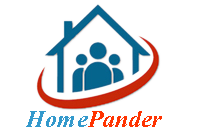


![How To Clean Dark Grout That Has Turned White [5 Easy Ways]](https://homepander.com/wp-content/uploads/2021/12/How-To-Clean-Dark-Grout-That-Has-Turned-White.webp)
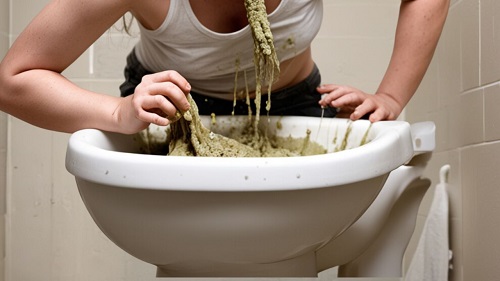

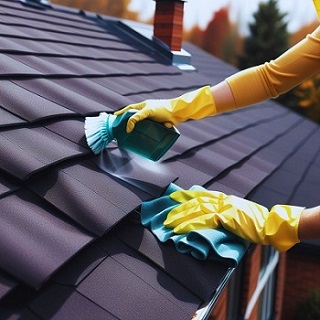

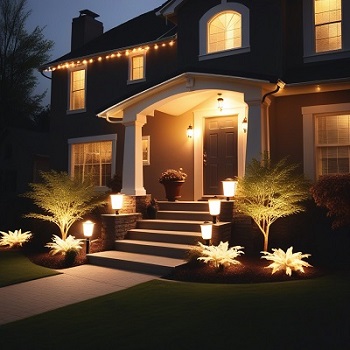



![How to Remove Crystallized Urine [Explained]](https://homepander.com/wp-content/uploads/2022/02/How-To-Remove-Crystallized-Urine.jpg)


